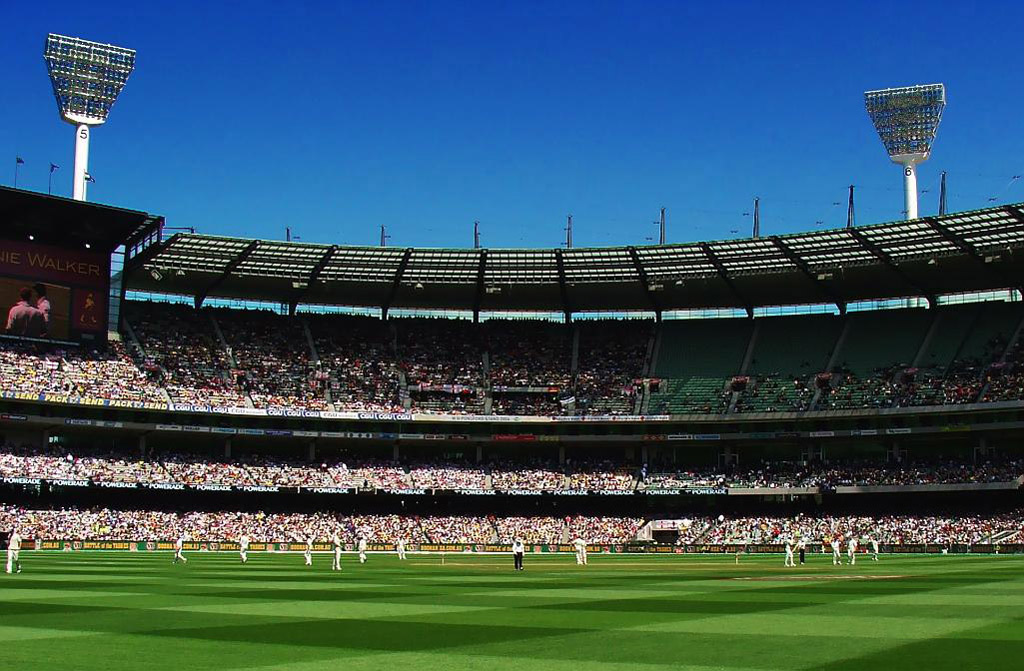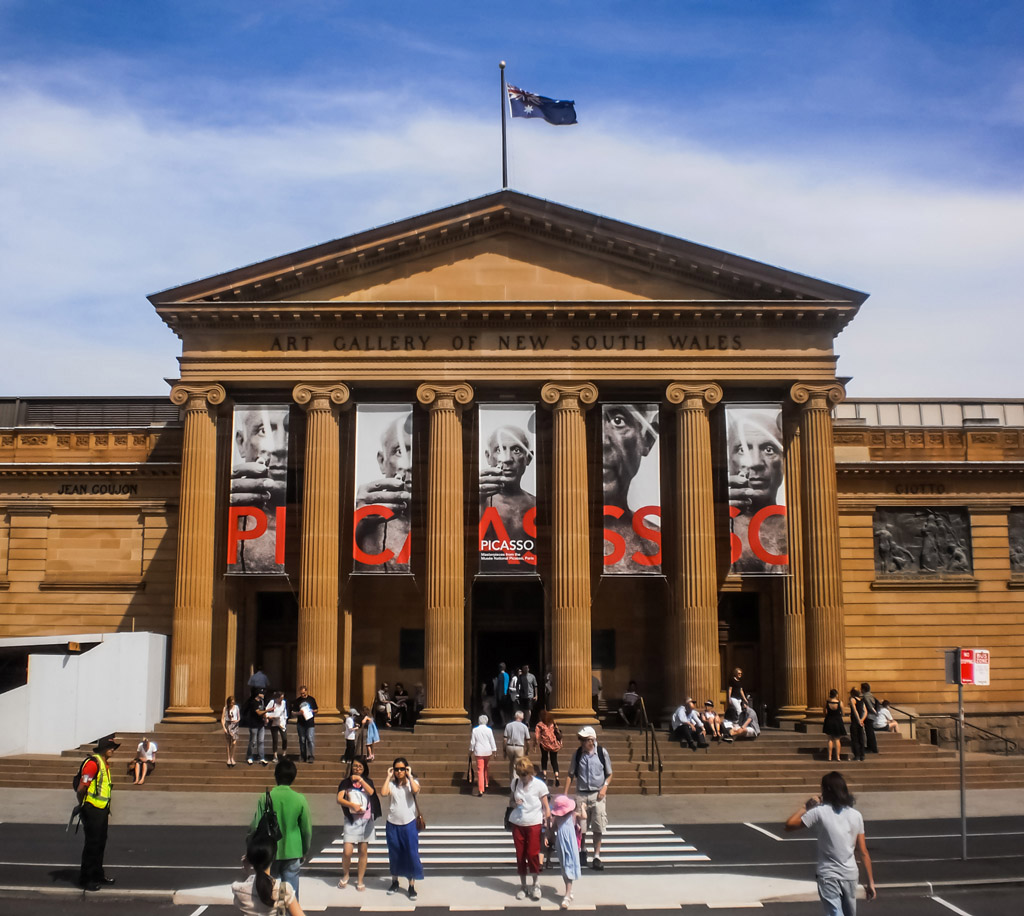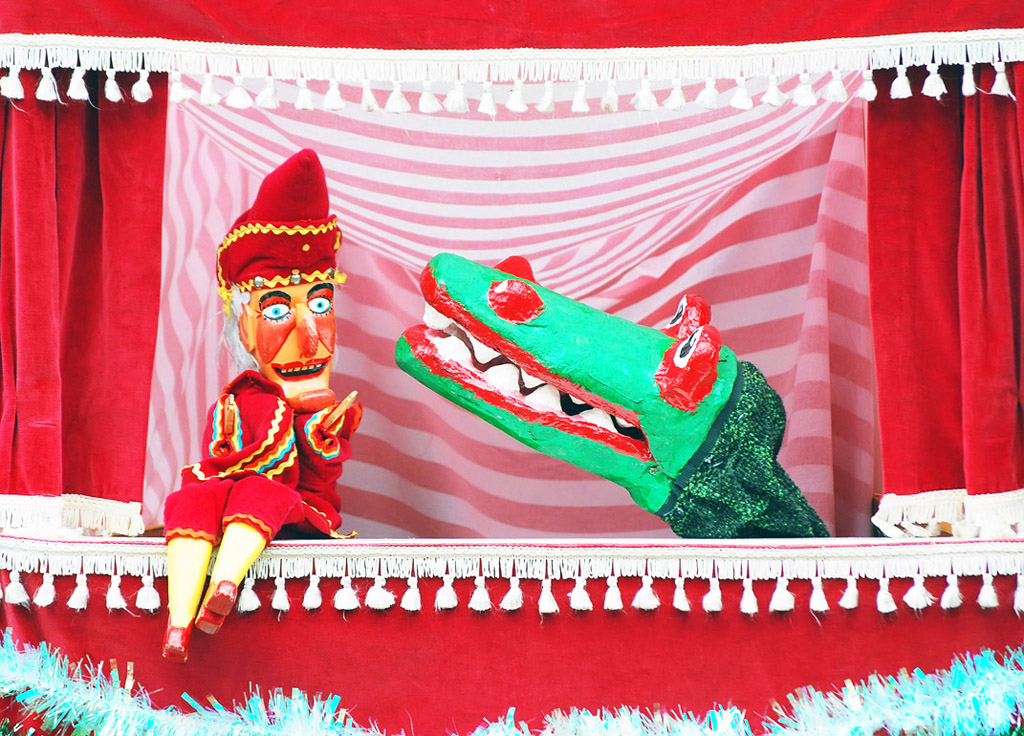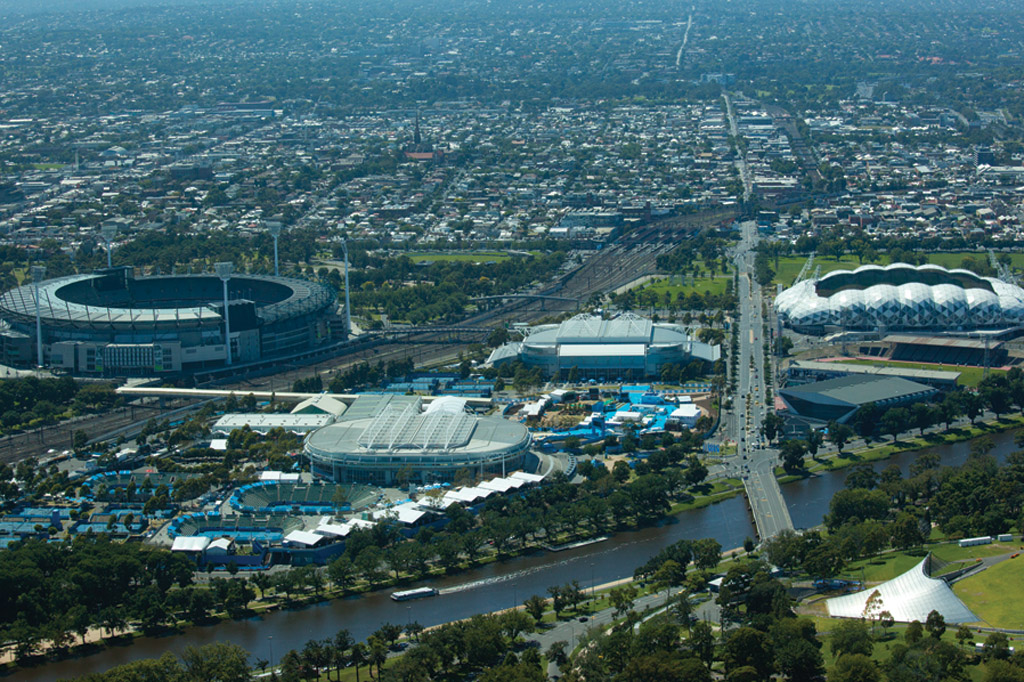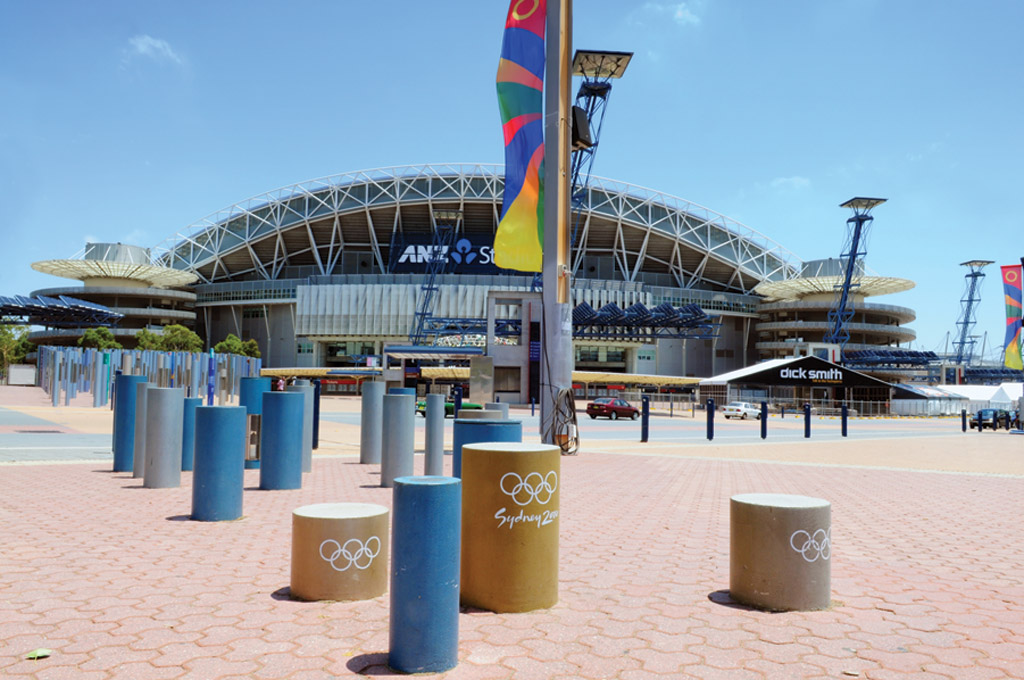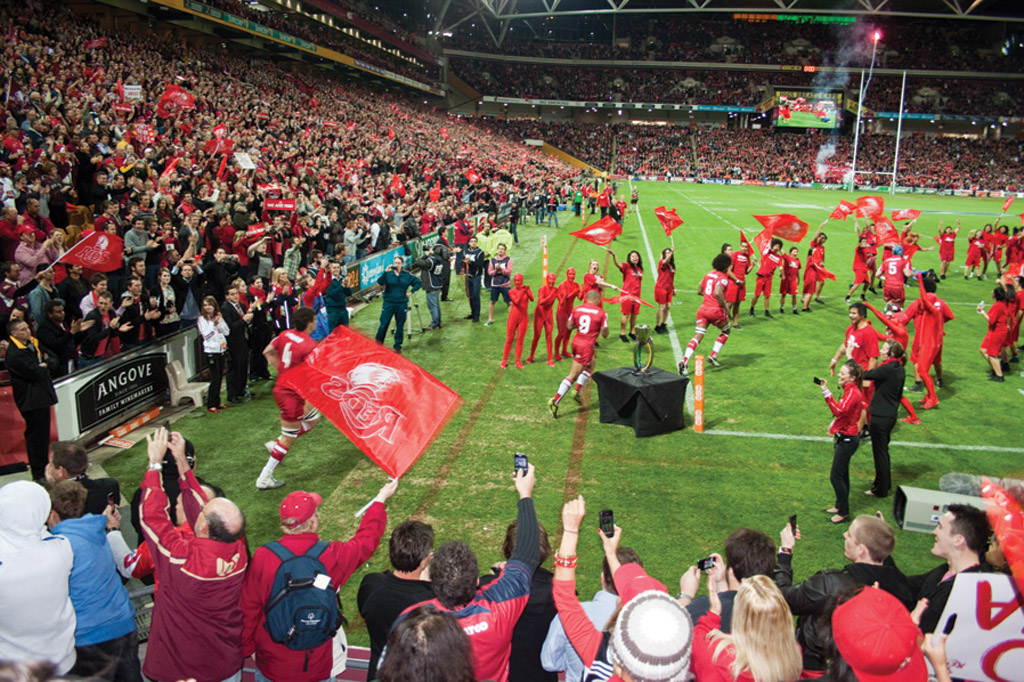5.6 Characteristics of towns and cities
Definition of a town and a city
There are some key differences between a town and a city. A town is defined as a built-up area with a name, defined boundaries and local government; it is larger than a village and generally smaller than a city. A city is defined as a large town.
These definitions provide an overview of a town and a city, but they don’t provide exact size characteristics for either. In Australia, there is no clear statistical definition between a town and a city. The Australian Bureau of Statistics (ABS) defines an ‘urban centre’ as a ‘population cluster of 1000 or more people’. Therefore we can suggest that the minimum population for a town is 1000 people, but there is still no clear population division between a town and a city. To understand the difference between a town and a city you would have to identify the characteristics of a city.

| City, state | Population (2011) |
|---|---|
| 1 Sydney, NSW | 4 605 992 |
| 2 Melbourne, Vic | 4 169 163 |
| 3 Brisbane, Qld | 2 146 577 |
| 4 Perth, WA | 1 832 116 |
| 5 Adelaide, SA | 1 262 940 |
| 6 Gold Coast, Qld | 576 747 |
| 7 Newcastle, NSW | 540 002 |
| 8 Canberra, ACT | 367 752 |
| 9 Wollongong, NSW | 288 102 |
| 10 Sunshine Coast, Qld | 241 683 |
| 11 Hobart, Tas | 216 276 |
| 12 Geelong, Vic | 174 086 |
| 13 Townsville, Qld | 167 636 |
| 14 Cairns, Qld | 146 477 |
| 15 Darwin, NT | 129 062 |
| 16 Toowoomba, Qld | 125 265 |
| 17 Launceston, Tas | 107 746 |
| 18 Albury-Wodonga, NSW/Vic | 103 209 |
| 19 Ballarat, Vic | 95 007 |
| 20 Bendigo, Vic | 89 665 |
| 21 Mandurah, WA | 88 305 |
| 22 Burnie/Devonport, Tas | 84 217 |
| 23 Mackay, Qld | 83 350 |
| 24 La Trobe Valley, Vic | 78 614 |
| 25 Rockhampton, Qld | 75 648 |
Source 5.12 Australia’s largest 25 cities
In Australia, a city is characterised as a metropolitan area, which includes the historic core area, the continuously developed suburbs that surround the historic core and the exurbia that surrounds the city; the exurbia is the region beyond the connected suburbs of a city. For example, Camden is classified as being in the exurbia of Sydney.
A city is also characterised by the diverse range of products, services and employment opportunities it is able to offer. The greater concentration of services – banking, government services, law, health, education and recreational services – within cities attracts people. As a result of the location of these services, other businesses build up around them; this in turn creates demand for people to work in these businesses. This leads to the populations of the cities growing, which attracts more services. For example, Bendigo in Victoria grew into a city as a result of the discovery of gold in the nineteenth century and the demand for services by the miners.
DEVELOPING YOUR UNDERSTANDING 5.9
Features of large cities
Large cities are places of diverse activities and interests. Towns and cities provide various activities for the people who live in them: culture, leisure and sport, shopping and celebrations.
Culture
Australia is one of the most multicultural countries in the world. Throughout its history since 1788, Australia has received influxes of migrants from countries all around the world, from the early migration of British and Irish settlers to the mass immigration of British and European people after World War II.
According to the ABS 2011 census, 27% of the resident population were born overseas (6.0 million people). This was an increase from 10 years earlier – the figure then was 23.1% (4.5 million people). People born in the United Kingdom are the largest group of overseas- born residents, accounting for 5.3% of Australia’s total population at 30 June 2011. This is followed by people born in New Zealand (2.5%), China (1.8%), India (1.5%) and Vietnam and Italy (0.9% each).
When migrants come to Australia, many of them congregate and live in areas or suburbs where other migrants from their country live.
There are a number of examples of how migrants have influenced the culture of an area. In Jindalee in Perth, 43% of the residents were born in Britain. Harris Park in Sydney has 43% of its population born in India. In Adelaide, the suburb of Hectorville has 16% of its population born in Italy. Pacific Pines and Upper Coomera on the Gold Coast in Queensland have 15% of their residents born in New Zealand.
When large concentrations of people from the same nationalities and cultures live in an area they tend to have an impact on the built environment.
For example, in the western Sydney suburb of Cabramatta, 35% of the population were born in Vietnam. As a result of this, there have been changes in the built environment that reflect their culture, such as mall gates, which reflect and symbolise Vietnamese heritage and beliefs.
Similarly, there are many specialty shops in Cabramatta – such as grocery stores, bakeries, seafood stores and spice stores – that cater to the Vietnamese community.
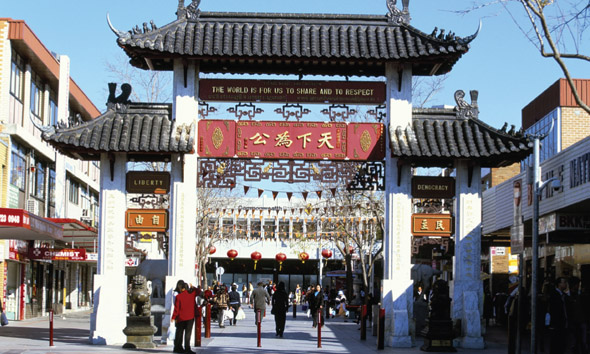
Leisure/sport
Australia’s warm, sunny climate is ideal for a range of leisure and sporting activities. The demand for facilities to provide and cater for these activities has shaped many of our cities. Governments and councils have to provide sports facilities from the amateur up to the professional levels. An example of a major sporting precinct is Melbourne Park in Melbourne. Within this complex are the Melbourne Cricket Ground, which is used for cricket and AFL; the Melbourne Tennis Centre, which hosts the Australian Open Tennis Championship; and Olympic Park Stadium, which is the home ground for the Melbourne Storm rugby league team, the Melbourne Rebels rugby union team and the Melbourne Victory and Melbourne City soccer teams.
Sydney and Brisbane have also developed world-class sporting facilities. Sydney hosted the 2000 Olympic Games and as a result of this has a wide range of sporting facilities. The centrepiece of this is the main Olympic stadium, which held 110 000 people during the Olympics. Since that time, rebuilding and redevelopment has reduced the seating to 80 000. This stadium plays host to a range of sporting events, from rugby league, rugby union, soccer and AFL to cricket. The Sydney Cricket Ground and Sydney Football Stadium are other major sporting locations in Sydney.
Shopping
Over the past 20 years, shopping in cities and towns has changed from shops in suburbs that service the local community to large regional shopping centres. These shopping centres allow shoppers to go to one location and find a variety of stores and services, including many specialty stores. The company that has been a driving force in the development of these large shopping centres is the Westfield Group. Westfield has 44 shopping centres in Australia, covering every major metropolitan area in five states, and those centres are home to more than 11 000 retail outlets.
Westfield’s shopping centres attract more than 500 million visits each year. This demonstrates how dominant this company has become: it has both created demand and responds to changes in demand for shopping over the past 20 years.
The development of large shopping centres has also led to the development of other areas within cities that cater for ‘boutique shopping’. These are usually populated by smaller shops owned by independent retailers or designer labels. These areas cater for those who want specialised items that cannot be found in major shopping stores and centres. Examples of these include Oxford Street in Sydney, Chapel Street in Melbourne, Rundle Street East in Adelaide, King Street in Perth and Queen Street in Brisbane.
Celebrations and nightlife
Within cities there are also areas that attract people who go out for their recreational and social activities to cafes, restaurants, bars and clubs. They tend to be located in central and/or CBD areas of the cities, such as George Street and The Rocks in Sydney, Southbank in Melbourne and Fortitude Valley in Brisbane. These areas also provide a range of employment opportunities for people.
The hospitality industry employs almost a million people in Australia and is a vital industry in terms of employment and services for the community.
Cities are also the location for many major celebrations and events, such as New Year’s Eve celebrations and cultural festivals. These celebrations contribute both economically and socially to the cities. For example, the New Year’s Eve celebrations in Sydney contribute $156 million to the local economy, with around 1.5 million people going into the city to watch the fireworks and celebrate the New Year. This demonstrates the vast economic impact that one celebration has on a city.
-
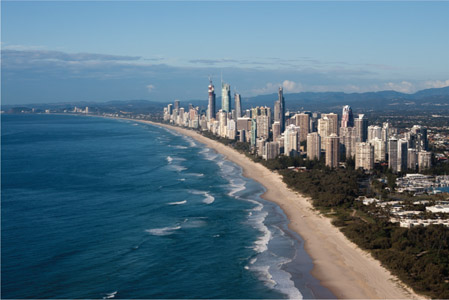
Source 5.18 The Gold Coast coastline and beaches, one of Australia’s major tourist destinations -
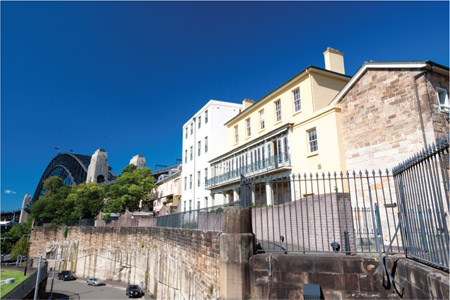
Source 5.19 The Rocks area of Sydney, with restaurants and views of the harbour
